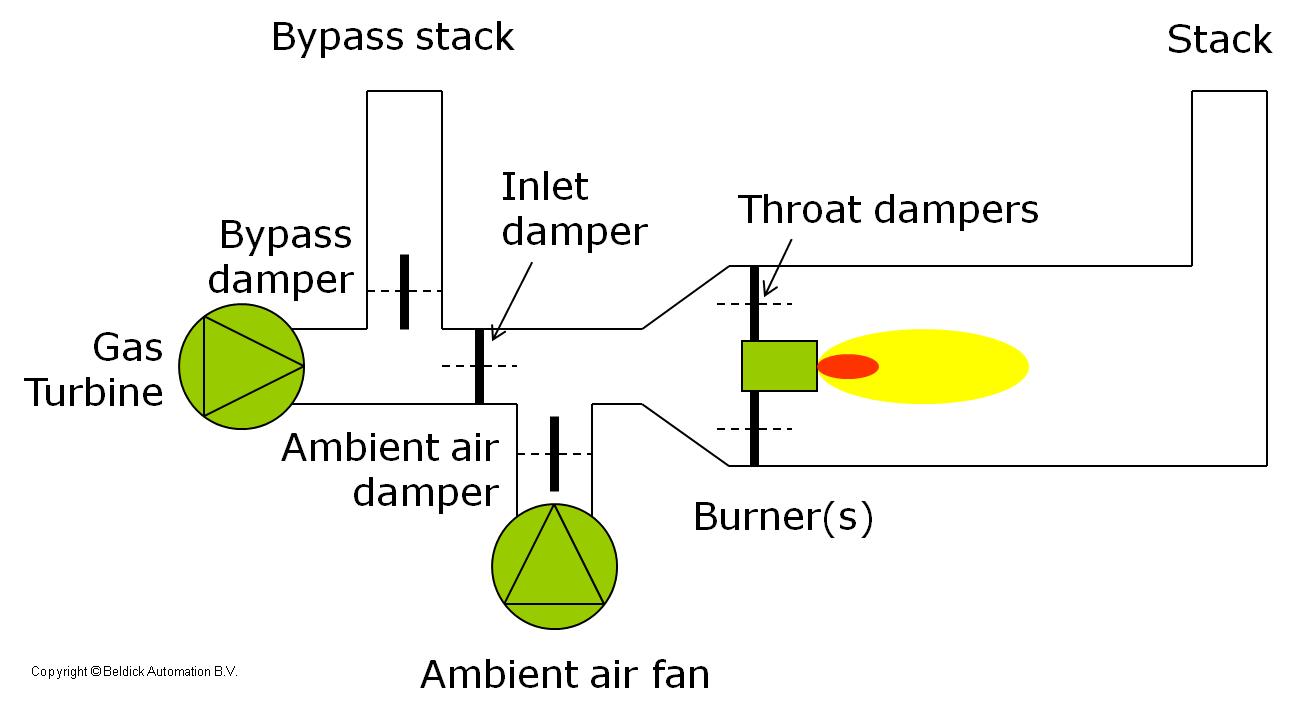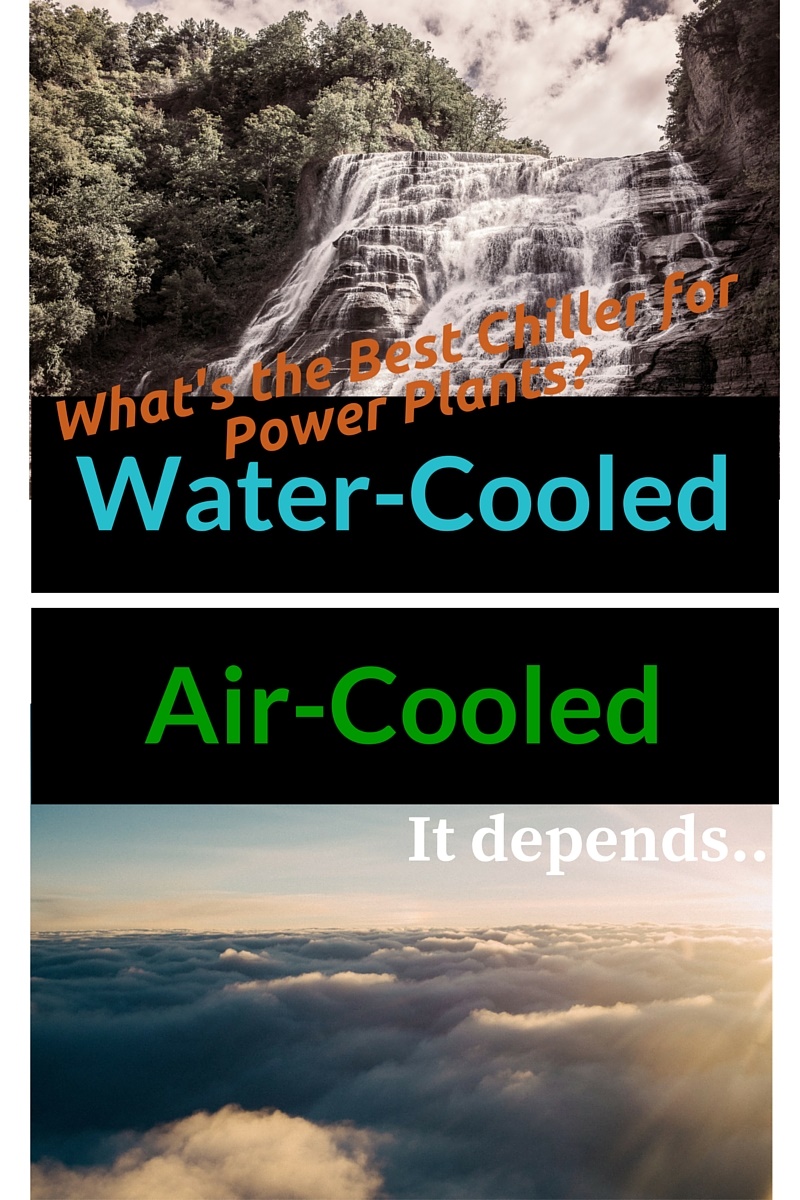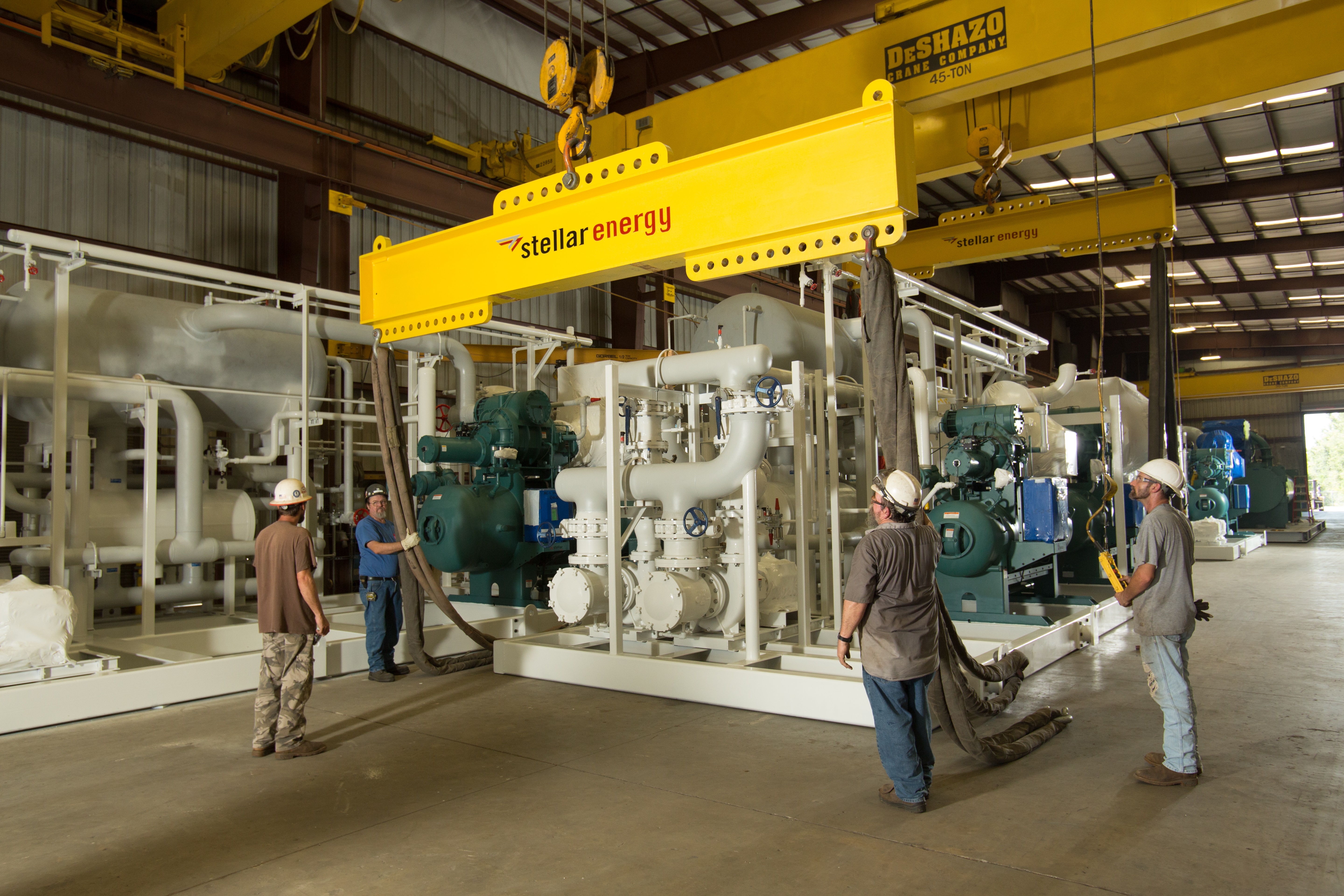Water (H2O), the most abundant substance on earth, is also a universal solvent. From rivers and lakes to seas and oceans, water is the main ingredient but its composition varies because of its solvent properties. As water falls through the air, it absorbs gases and picks up particulates such as dust and pollen. Then, as it trickles down through soil and rocks, it dissolves minerals along the way. As a result, water quality varies greatly both regionally and seasonally.

Water vapor rises from cooling towers at power plants, hospitals, hotels and other large facilities.
Water is also a highly effective heat transfer medium. Heat transfer is the process whereby thermal energy or heat moves from one body or substance to another, and from hot to cold. We’ve all noticed the large plumes rising from a hospital, hotel or a power plant.














